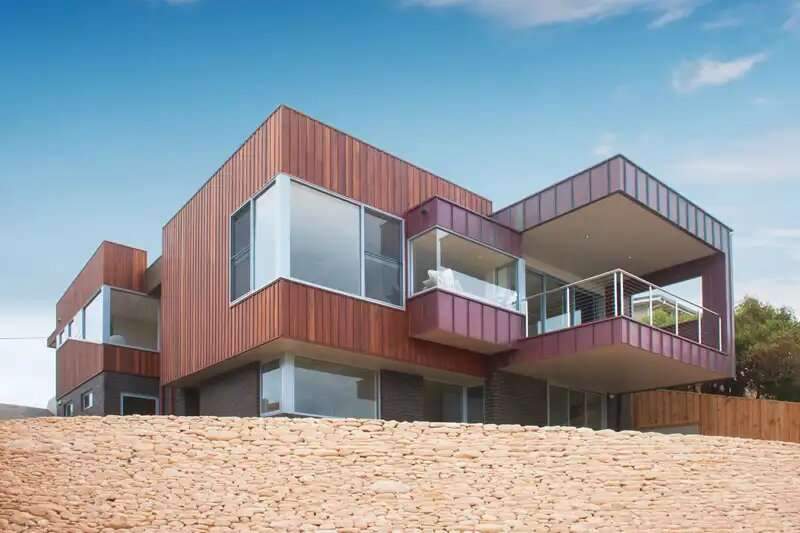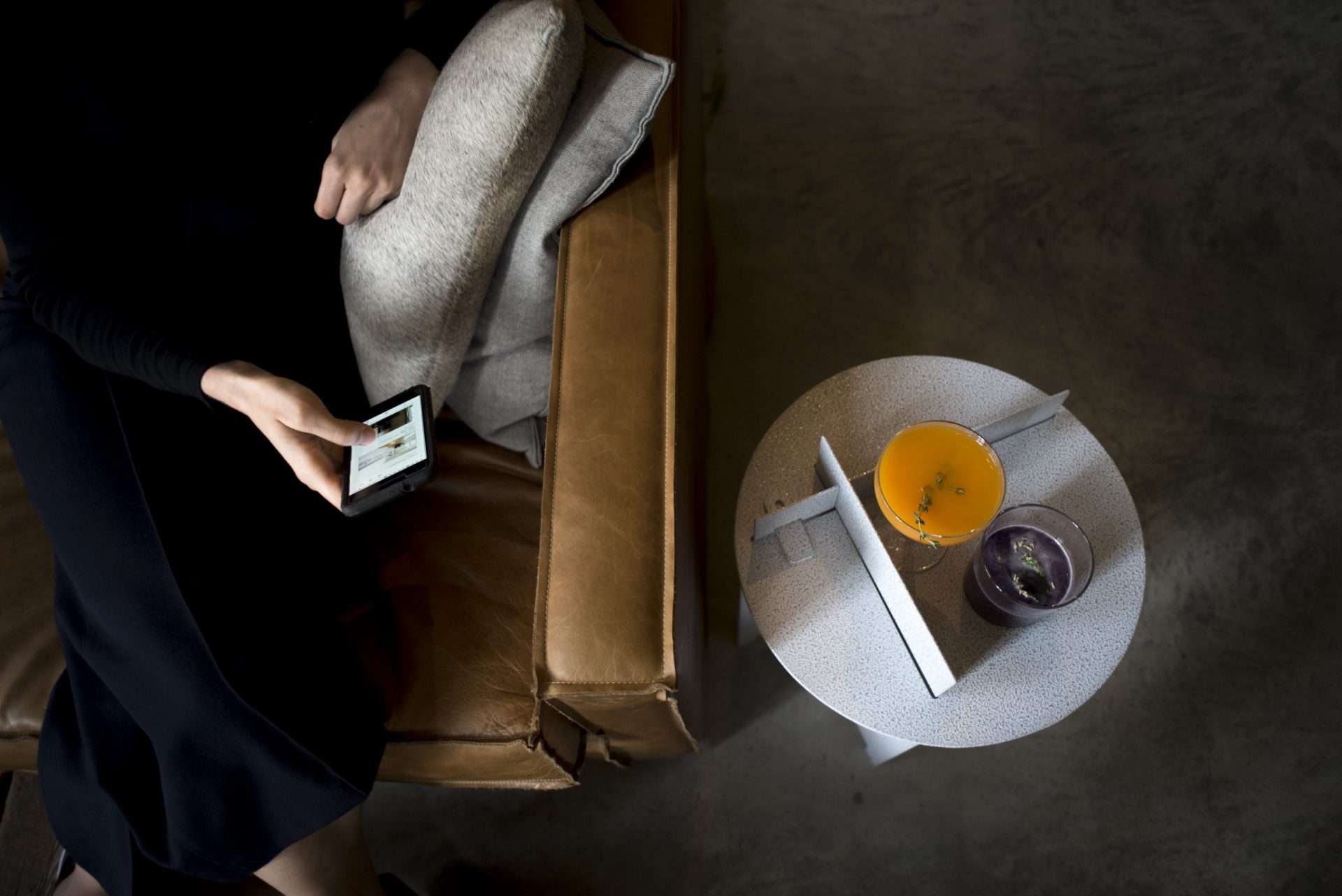Features of wood cladding
Wood cladding is a great way to embrace the natural beauty of wood in your next project,
whether it’s an eye-catching commercial space, a residential oasis, or anything in between.
Different types of wood cladding
Wood cladding profiles vary in a wide range of wood types, finishes,
corner edges and finish stops to suit both commercial and residential projects.
Wood cladding features include
Trendplank
It is a fixed concealed cladding system that can be used for both interior and exterior applications and is a popular profile for curved exterior walls, interior walls, roof lining and wood screens.
The Trendplank Profile has been expertly engineered to allow movement of natural woods,
meaning it can handle the challenging Australian climates.
It is compatible with a wide range of woods and finishes and can be supplied in varying lengths to allow for high levels of customization.
Panels can be supplied to meet local fire resistance standards if required.

Shou Sugi Ban
It is a traditional method of charring wood by fire to increase its durability and resistance to moisture,
and the result is a stunning carbon black wood that can be used to elevate modern architectural designs.
The Shou Sugi Ban cladding is made using the Trendplank wood cladding file and can be used in both exterior and interior applications.
Because of the charring process, Shou Sugi Ban needs to be made of very stable wood,
and he recommends Burnt Ash.
Because it is very stable and able to form a thicker char layer compared to other types of wood.
The thicker char layer means the product is more weather resistant and requires less maintenance over time.
Faqua cladding
Vaqua is a thermoformed pine that has excellent stability and weather resistance,
the thermoforming process is non-toxic and removes all resins within the wood to prevent tannin leaching.
Vaqua cladding is a popular choice for exterior cladding,
ceiling lining and wood screens due to its durability and affordability.
Vacua panels can also be finished with natural oil or stained to achieve desired aesthetics,
and stains range from black and stone gray to hazelnut red brown and dark walnut brown.

Best timber for exterior cladding
For exterior cladding, it is essential to choose a type of timber and a cladding profile that is very durable and weather-resistant.
For projects in areas prone to forest fires, selection of species with natural fire resistance properties is essential.
How to use wood cladding profiles
Our wood cladding profiles are used by leading architects and builders across Australia to bring to life stunning residential and commercial projects.
External walls
Wooden cladding on the exterior of buildings can create a warm and inviting atmosphere,
Trendplank profile can be installed, vertically, horizontally and around curved-convex walls,
depending on the requirements of your project.
The panels can be supplied with a clear blown wood coating to achieve a Group 1 fire rating in indoor and discreet spaces.
Curved walls
Curved walls can be created using the Trendplank profile,
Shou Sugi Ban and Vacoa cladding with a given radius.
For a board size of 70 x 18 mm, the minimum radius is 700 mm.
However, custom profiles can be created to meet more stringent radius requirements if required.

Cladding board sizes
The cladding panels are available in the market in sizes 125 cm by 366 cm with a thickness of 4 millimeters,
as well as in sizes 125 cm with a width of 450 cm and a thickness of 4 millimeters.
There are also cladding boards in sizes 125 cm, 550 cm wide and 4 mm thick.
There are also special sizes,
in which the length is 150 cm instead of 125 cm, but they are requested from the factory directly,
and when requested, the required quantities must be relatively large.
There is a thickness of the cladding panels up to 6 millimeters.
Some pictures posted on mortlock
For more architectural news
Building a zigzag house high on steel pillars in a Brazilian forest






